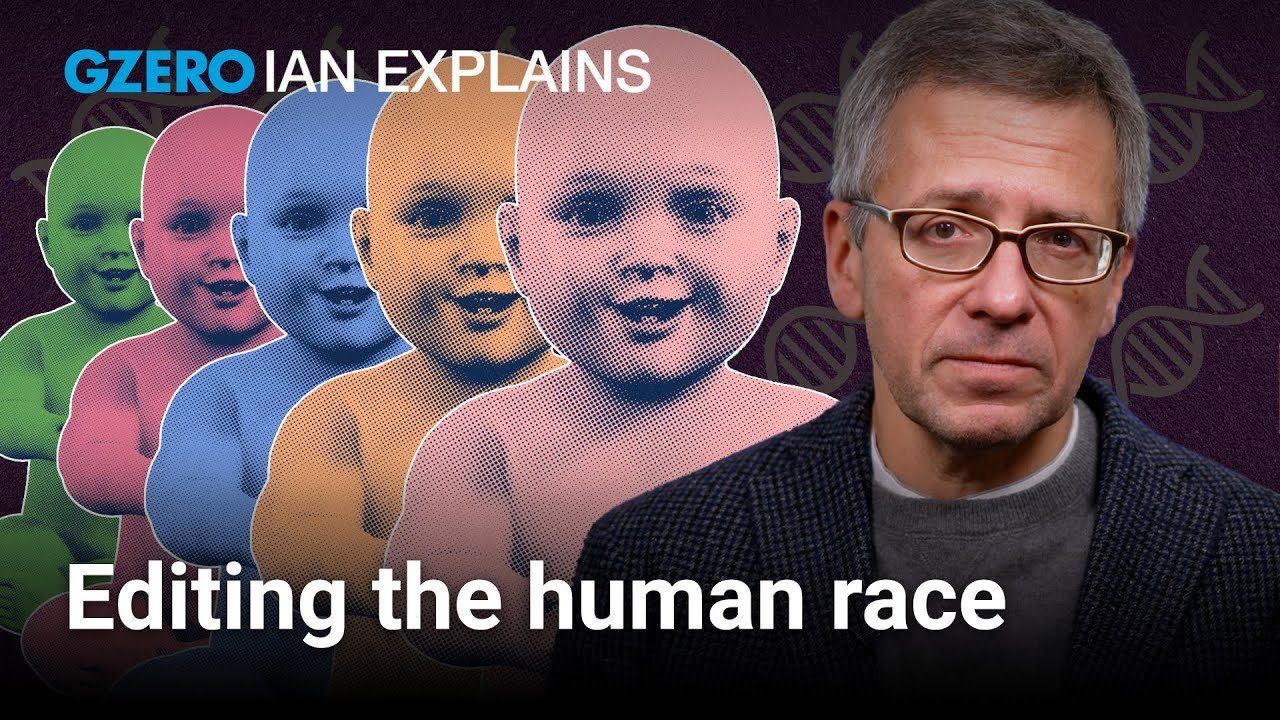Ian Explains
Ian Explains: Will biotech breakthroughs lead to super humans?

Ian Explains: Will biotech breakthroughs lead to super humans?

Medical technology could lead to a new breed of super humans.
On Ian Explains, Ian Bremmer looks at the evolution of human enhancement, tracing its roots from ancient history to recent ground-breaking tools like CRISPR gene editing, AI-powered prosthetics, and brain implants. These advances hint at a future of disease eradication, independence from physical disability, and recovery from traumatic brain injury. In a few short years, they’ve radically expanded the possibilities of how technology can improve the human experience and extend our lives.
But while biotechnology has incredible, transformative potential, it also brings lots of risks. Gene editing raises the specter of designer babies, eugenics, and even the potential for militaries to create superhuman soldiers. There’s also the question of privacy and data collection, as private companies like Elon Musk’s Neuralink gain further access to our medical histories. Ultimately, we need to strike a balance between embracing biotechnology’s life-changing potential while safeguarding our values, ethics and the very idea of what it means to be human.
Global conflict was at a record high in 2025, will 2026 be more peaceful? Ian Bremmer talks with CNN’s Clarissa Ward and Comfort Ero of the International Crisis Group on the GZERO World Podcast.
Think you know what's going on around the world? Here's your chance to prove it.
Indian Prime Minister Narendra Modi isn’t necessarily known as the greatest friend of Muslim people, yet his own government is now seeking to build bridges with Afghanistan’s Islamist leaders, the Taliban.
The European Union just pulled off something that, a year ago, seemed politically impossible: it froze $247 billion in Russian central bank assets indefinitely, stripping the Kremlin of one of its most reliable pressure points.